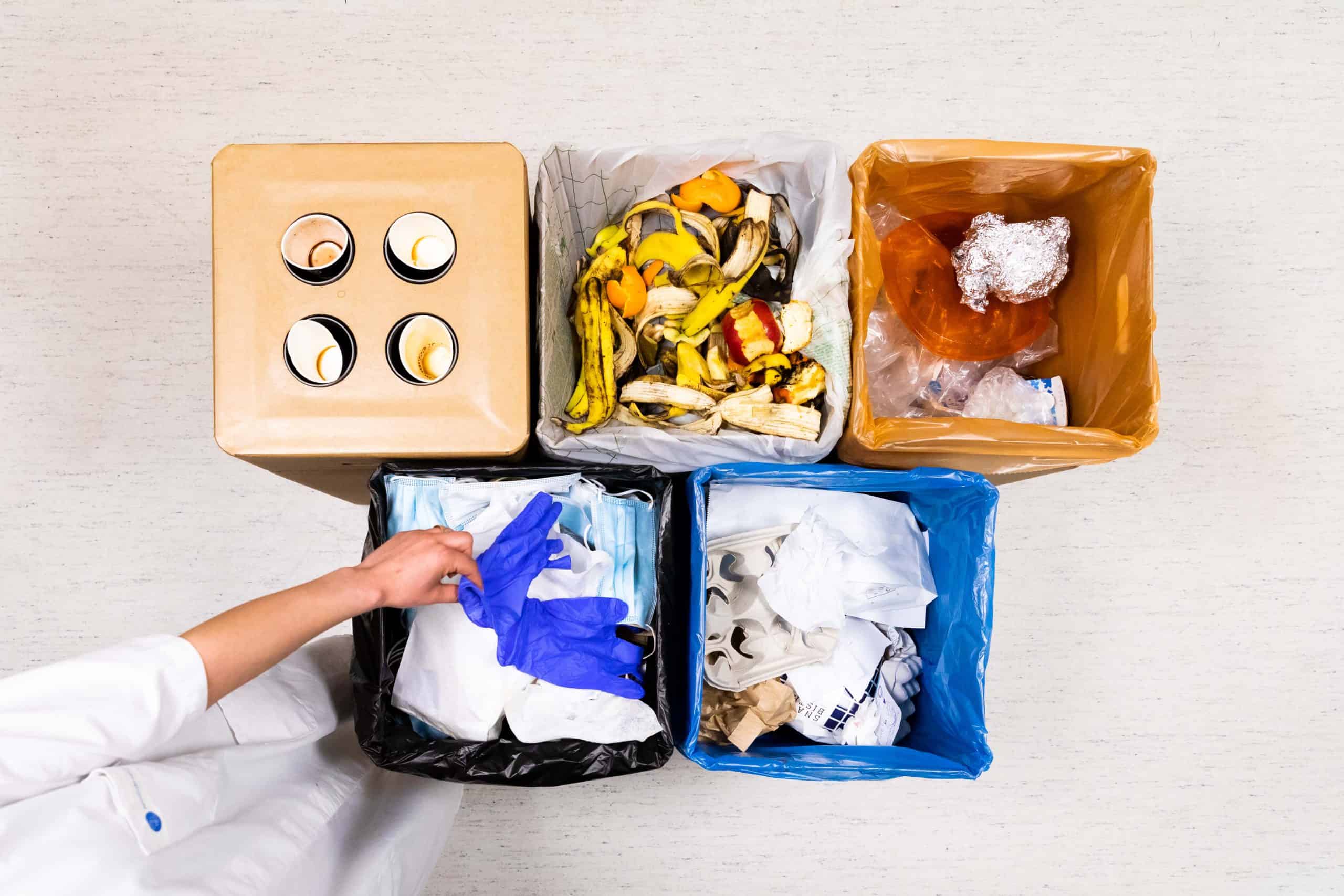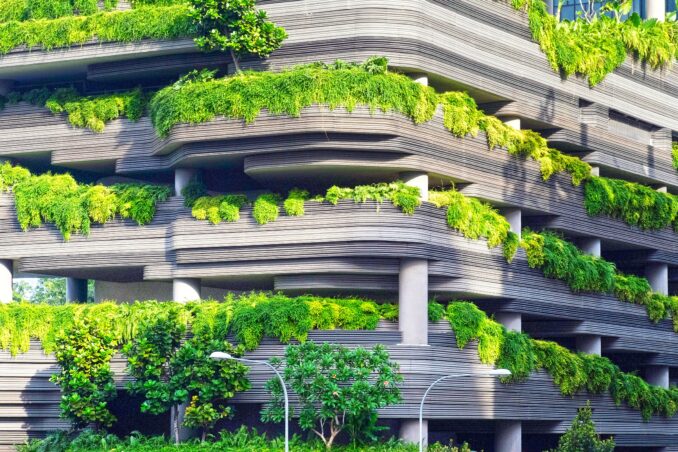
About Seenons
- Founders: Joost Kamermans and Jorn Eiting van Liempt
- Founded in: 2019
- Employees: 64
- Money raised: 6 million euros
- Ultimate goal: A half megatonne of waste reduction in 2026
The Netherlands is aiming to be fully circular by 2050. However, the waste chain in the Netherlands is huge and complex as many different parties are involved. Start-up Seenons helps companies process various waste streams, from common residual waste to coffee grounds and sauce buckets, by matching them with other parties in the waste chain. The start-up recently won the Deloitte Rising Star Award. An award that is presented to the most promising tech start-up in the Netherlands. In this instalment of start-up of the day, CMO Kim Taylor talks to us about the company’s ambitions and the complexities of the waste industry.
How do you bring different parties in the waste chain together?
“We now have three different types of partners that are able to join our platform. These are, of course, the companies that actually have waste streams. We then connect those with logistics parties to collect the waste via the most sustainable routes. The logistics algorithm of our platform calculates that. The waste is then paired up with different processing companies, who then make products from it. If you have a contract with a single waste processor, you can only take on a limited number of streams. Whereas if different partners can pick your waste up, you can really handle lots of different, specific waste streams. This makes it easier to achieve zero-waste. That’s the strength of our platform.”
How did you come up with the idea?
“Our founders Joost Kamermans and Jorn Eiting van Liempt already knew each other through their previous jobs. Sometimes they saw five different garbage trucks driving by on the same day there, which were all picking up different types of waste. That could be done more efficiently, they thought. Then they started looking for ways to reduce residual waste and transport it in a more efficient way. They came to the realization that something else was needed to bring all the parties in the waste chain together. That’s how the idea for Seenons was conceived.”
What problems did you run into when setting up the platform?
“The biggest challenge was making the data we gathered transparent enough for our software. What a company really wants to see is exactly what happens to their waste. We communicate that back to them by showing what products were made from the waste and how much CO2 was spared. It is still a huge challenge to get that data from all of our partners. In the beginning, our company was still quite small and we were not taken seriously. But now we even have a seat at the table with the government. So, in just three years, we’ve managed to grow incredibly fast. There is always leftover waste that you can’t or shouldn’t do anything with. You have to incinerate that, that’s kind of the last option. We expect that if the laws and regulations are amended and we see the sustainability trend reflected in them, less and less waste will need to be incinerated.”

What is your ultimate goal?
“The vision of the company is really to have a world without waste, but our ‘big, hairy and audacious goal‘ is to reduce waste by half a megatonne by 2026. Nationally, the goal is to be circular by 2050. We do think it can and should be done sooner. I think we are already well on our way. You can see that circularity is becoming an increasingly bigger issue. It is not impossible. If everyone is committed to it and there is more regulation, we should be able to achieve it before 2050.”
Was it difficult to raise funding?
“We are now working on our Series A, which is almost completed. That is kind of remarkable in this day and age where it is basically difficult for a lot of parties to find financing. What has helped us a lot is, of course, our rapidly growing number of customers. We also have signed government contracts for eight years. That instills a sense of stability and confidence.”
What makes your platform better than what is already out there on the market?
“We are quite unique as a tech company in this industry. We don’t collect the waste ourselves, but act as a digital link between companies, transportation and processors. So our business is also structured in a different way. In the traditional market, the revenue model is simple: the more waste that is collected, the higher the profits. Our revenue model is based on the platform and its associated software. Customers pay to join our platform as a company, processing company, logistics partner or in the near future as a manufacturer.”


